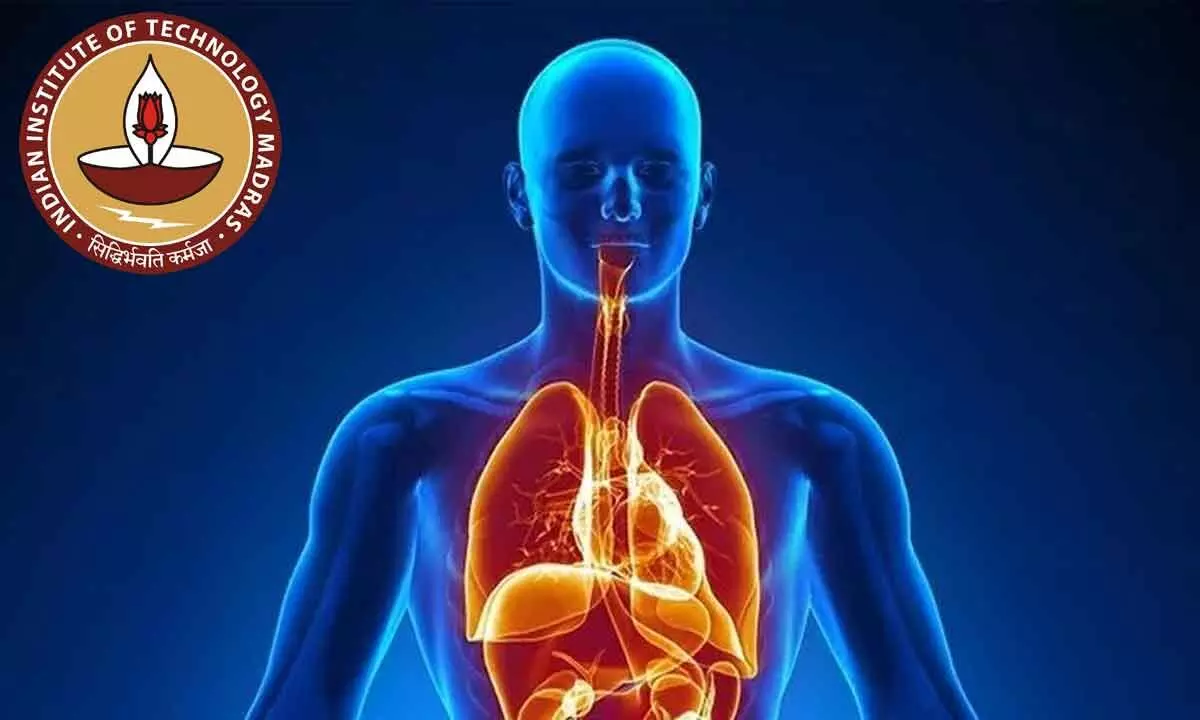IIT-Madras team explores how organs communicate with one another

The importance of our MultiCens method lies in its ability to identify the key genes in the ICN in various healthy or disease conditions. At the heart of MultiCens are network science algorithms that quantify the importance of genes within a tissue as well as across multiple tissues in a hierarchical fashion.
Chennai: Scientists at the Indian Institute of Technology (IIT) Madras have developed a computational approach to understand the interactions between genes that are responsible for inter-organ communication within the body.
Communication among cells in different tissues and organs is pivotal to multi-cellular life.
Molecular basis of such communication has long been studied, but genome-wide screens for genes and other biomolecules mediating tissue-tissue signalling are lacking.
To systematically identify inter-tissue mediators, the team developed MultiCens or Multilayer/Multi-tissue network Centrality measures, which enables the exchange of information between organs and tissues of the body, and is critical for the proper functioning and survival of all living organisms.
This inter-organ communication network (ICN), described in a paper published in the peer-reviewed journal PLOS Computational Biology, also allows organisms to adapt to changes in their environment, assess their energy reserves, and maintain overall well-being.
“Much of the research on the ICN has primarily involved experiments on model organisms like the fruit fly, which may not directly apply to humans and other non-model organisms,” said Prof. B. Ravindran, a faculty in the Department of Computer Science and Engineering, IIT Madras.
”Moreover, the experimental techniques used can be time-consuming due to the numerous interactions between biomolecules in different tissues. As a result, our knowledge of the ICN is currently incomplete,” he added.
In order to gain a comprehensive understanding of ICNs role in maintaining good health and addressing diseases, the team created MultiCens, an innovative computational method, by utilising the genomic information available for various tissues.
“The importance of our MultiCens method lies in its ability to identify the key genes in the ICN in various healthy or disease conditions. At the heart of MultiCens are network science algorithms that quantify the importance of genes within a tissue as well as across multiple tissues in a hierarchical fashion,” said Prof. Manikandan Narayanan, faculty in the Department of Computer Science and Engineering at IIT Madras.
The researchers used MultiCens to predict genes closely associated with hormones, which are essential for numerous bodily functions, and also unveiled changes in gene interactions within and across different brain regions affected by Alzheimer’s Disease.
In addition, it can also be expanded to understanding cancer metastasis, as cancer originates in a single organ and in due course of time spreads to others.
MultiCens can be applied to other healthy and disease genomic settings as well. MultiCens source code is openly available, and ongoing work on web interface to the method and experimental validation of its predictions can further enable a comprehensive understanding of the ICN and its role in overall health and well-being, the researchers said.














